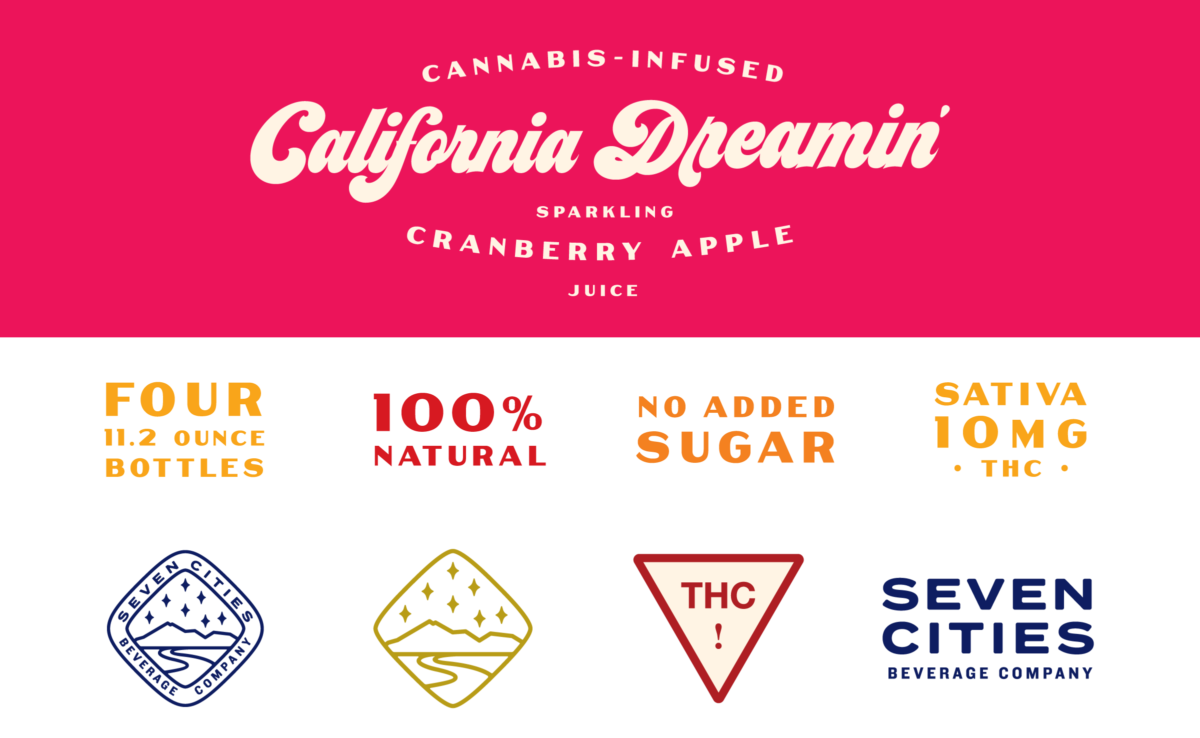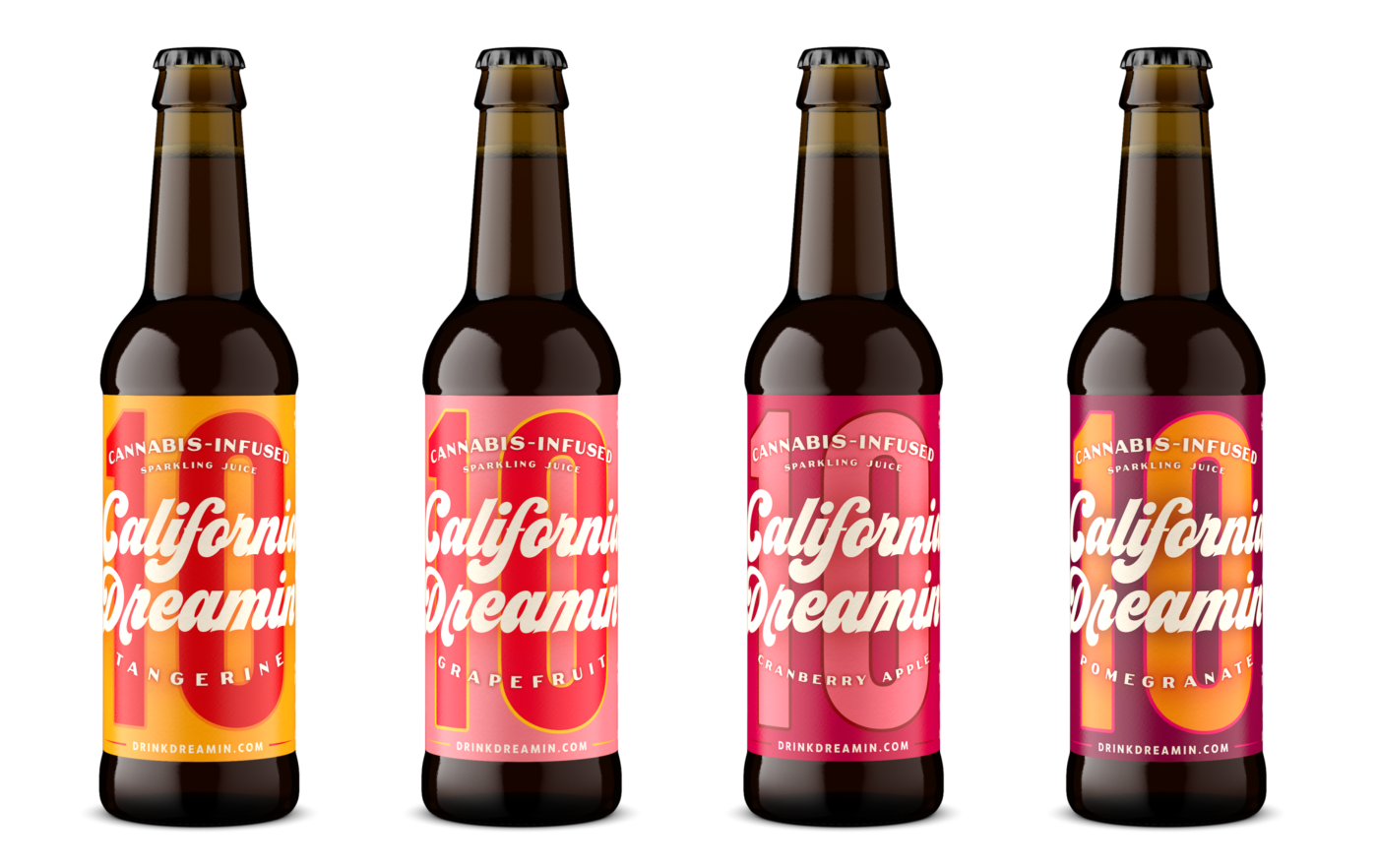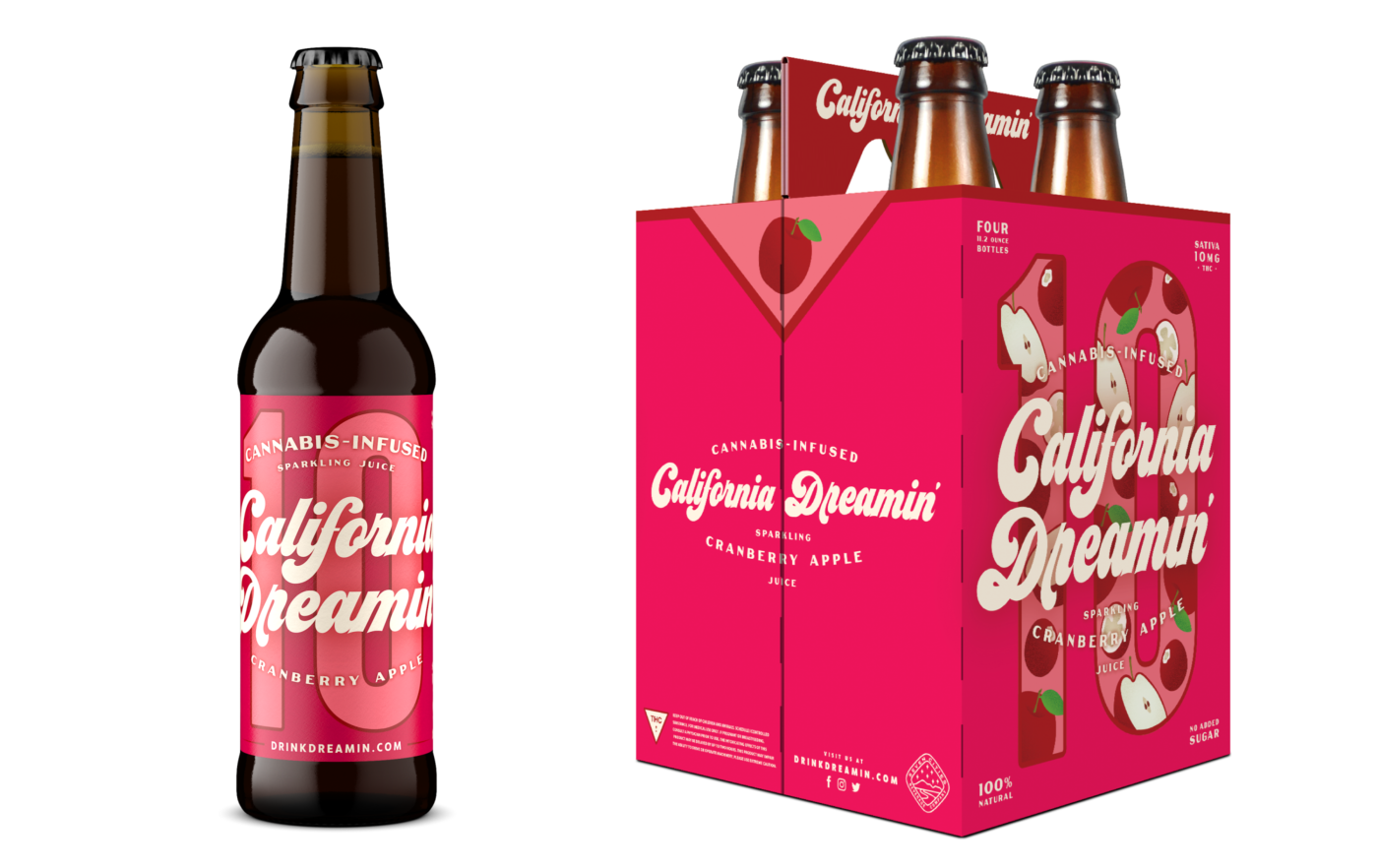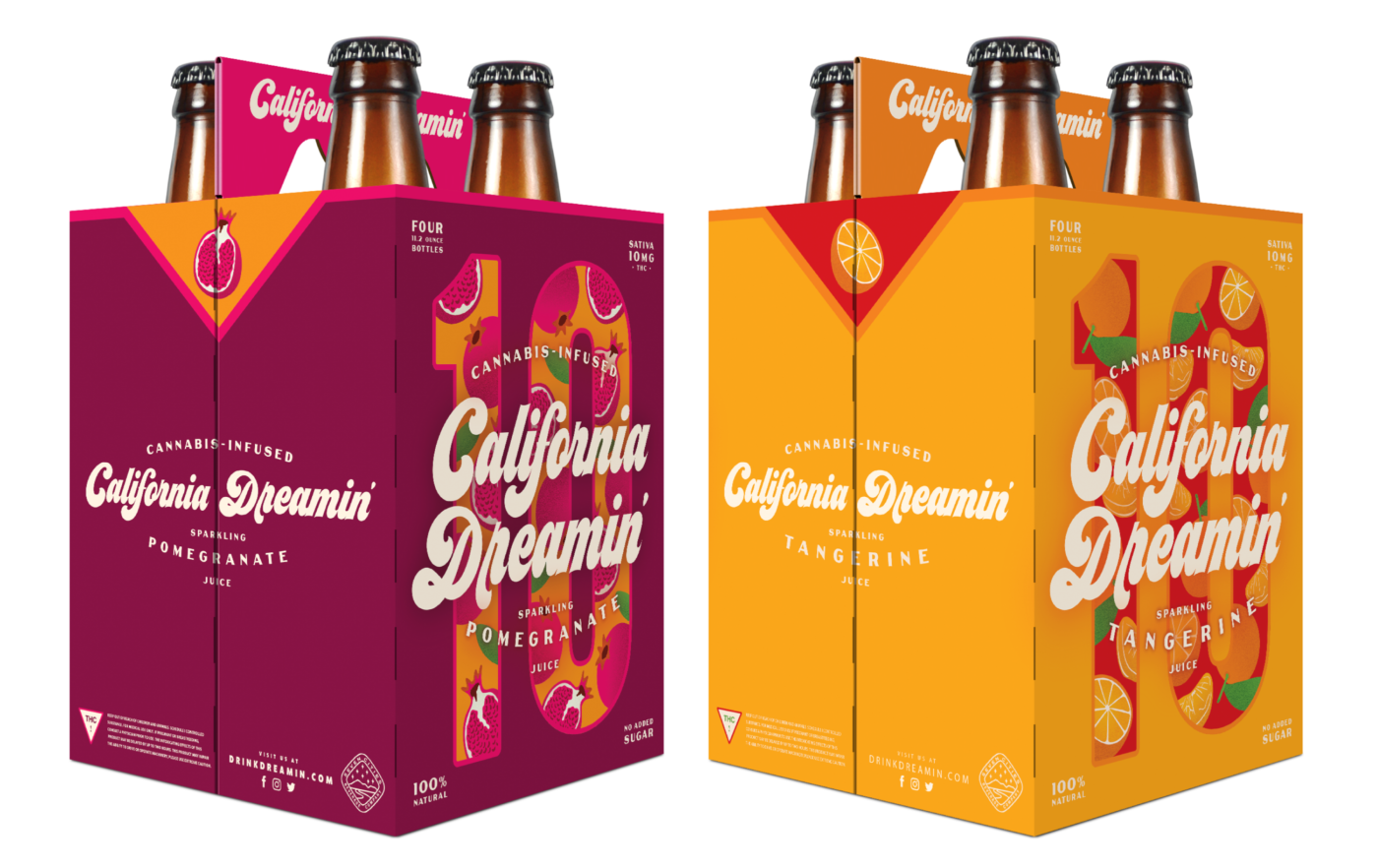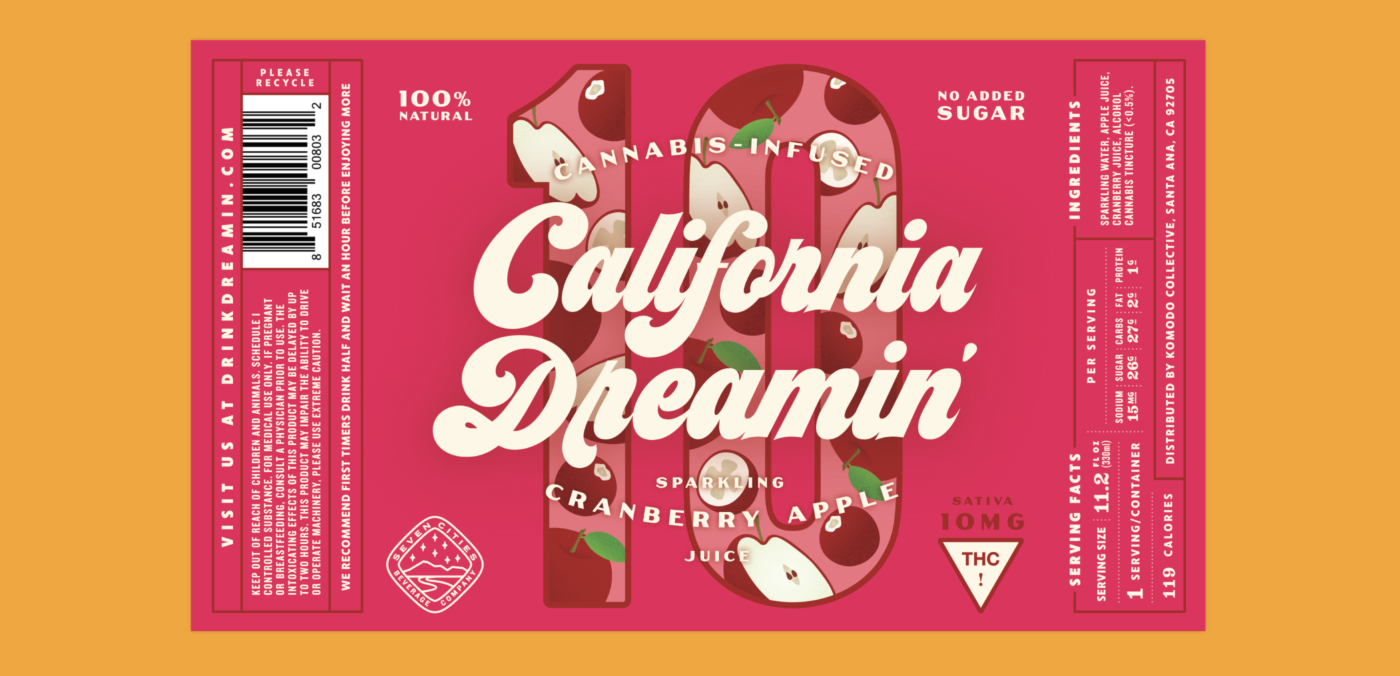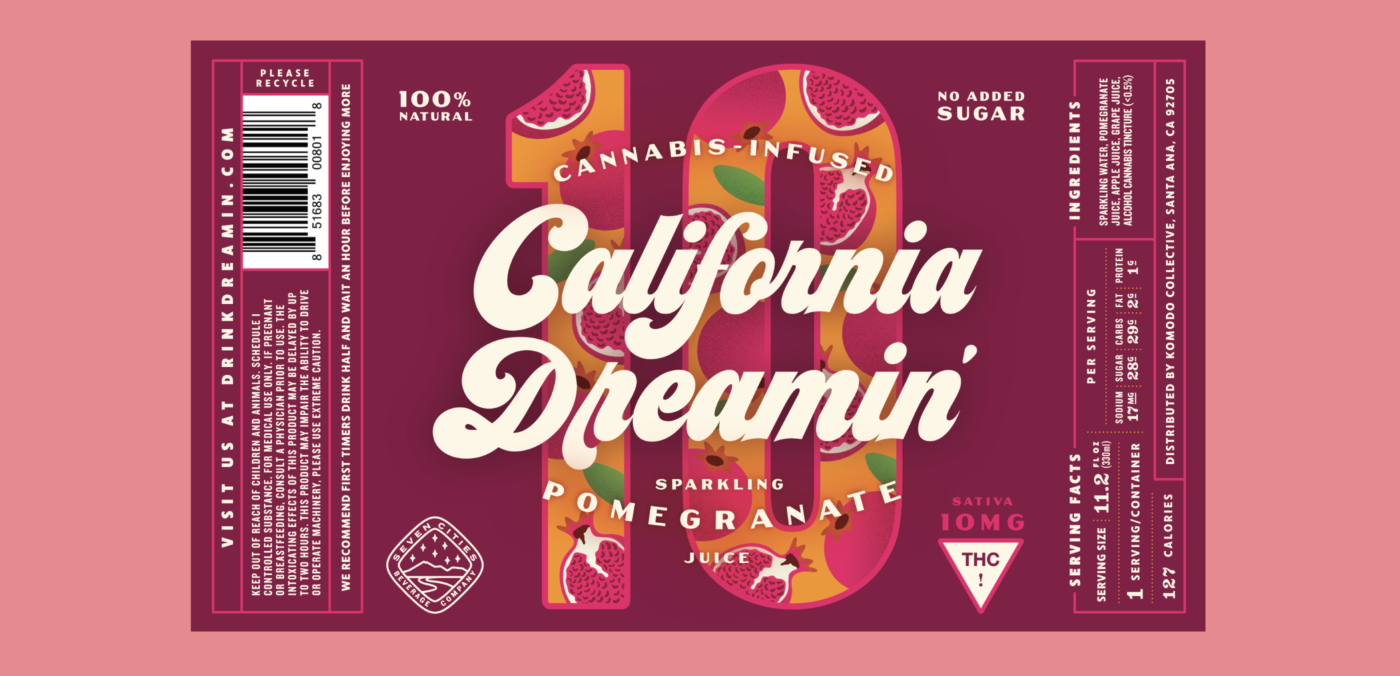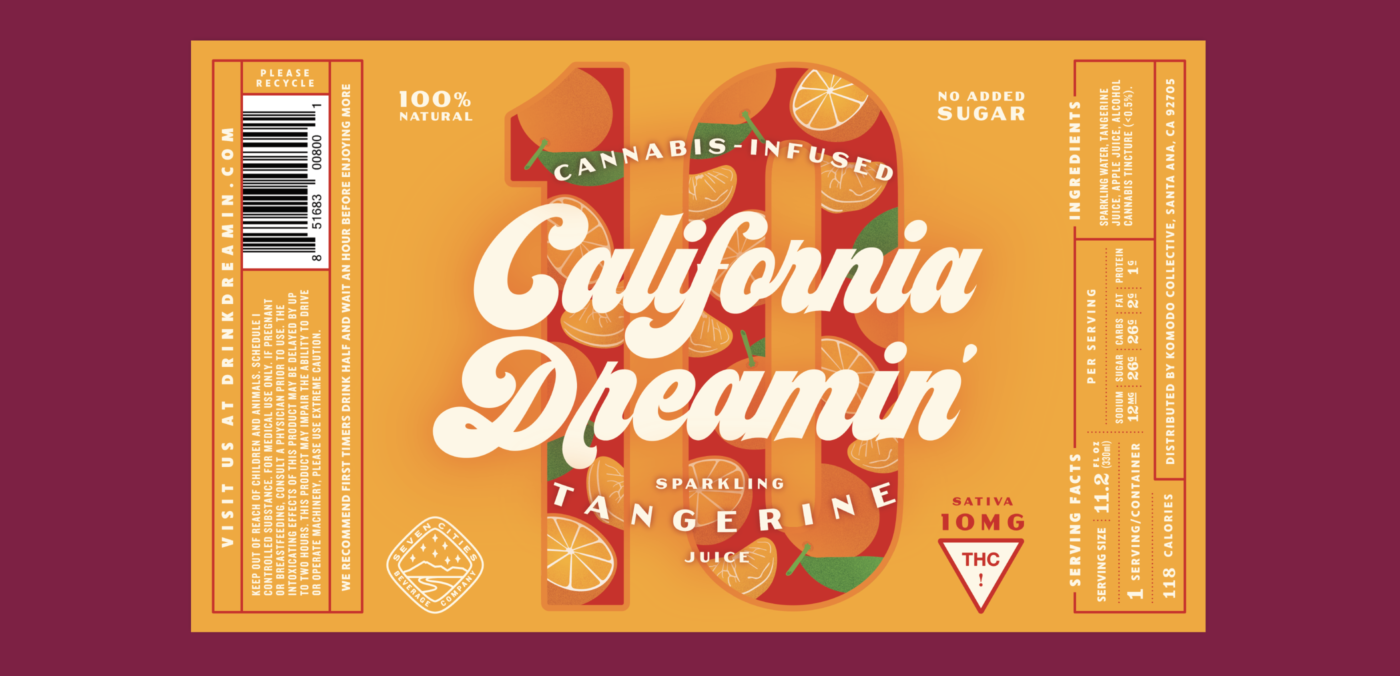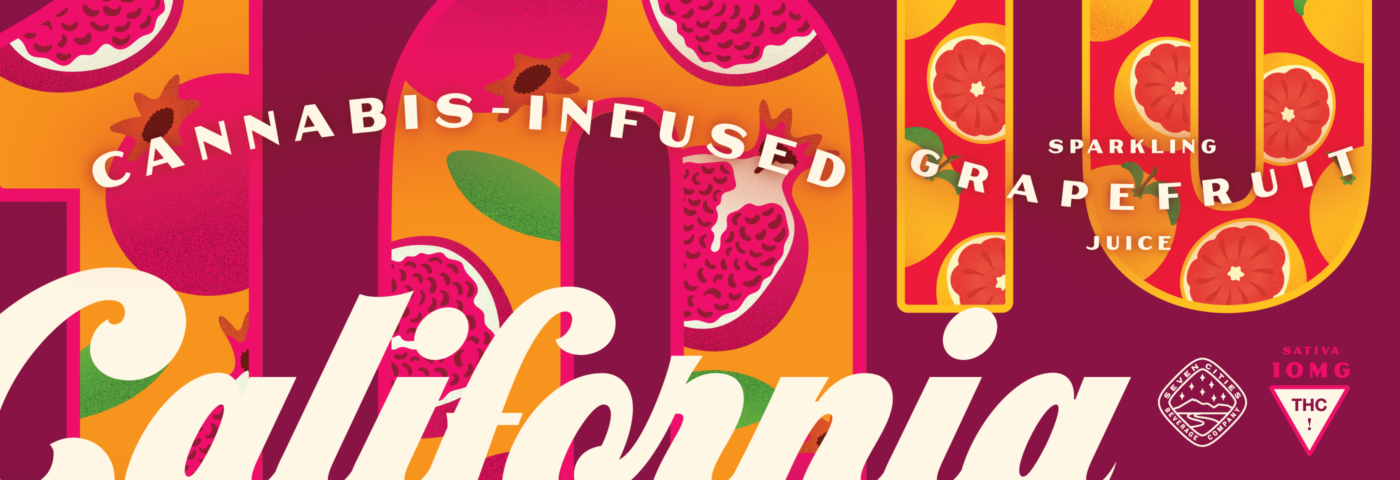Weed is still mired in clichés, aesthetically-speaking. Go ahead, google “weed.” After hundreds of photos of beautiful buds, you’ll find dancing bears, the ubiquitous (if not inescapable) pot leaf, tie dye, Rasta colors, etc.
It’s been fun watching the cannabis industry embrace the practice of branding and expand on this language over the last few years. Now that legalization (or at least, decriminalization) is established in some states and looming in others, you’re seeing an arms race for ready-to-deploy concepts—dispensaries, edible brands, farms, grow shops, CBD oil companies, etc.—all hitting the ground running as soon as it becomes legally viable. It’s interesting to watch, from a business and cultural standpoint.
Many of these established cannabis companies have successfully raised the bar from the ditch weed Jeremy and I (and you, I suspect) smoked in high school, to create beautifully executed branding packages. What’s interesting is how many of these companies raced directly to the “ultra premium” end of the brand spectrum. It makes sense—with impending legalization comes the opportunity to position yourself as a premium product. Gone are the days of junky, low brow stuff; Here come the high-tech grow labs, boutique (heirloom) strains, artisan pipes and paraphernalia—it’s caused a glut of beautiful, (if not eerily similar) branded offerings as everyone has sought to differentiate their approach.
While the trend of high-end cannabis brands is actively changing how weed is perceived at large, in our view, it risks positioning these products as overly fussy & niche. Gone is the image of blacklight posters and questionable junk food consumption—now everything is hip and clean and fresh and urbane. Ironically, those charged with the task of branding cannabis are now saddled by the opposite problem from before—either way, there’s the risk of appearing too insular and intimidating for the average person to approach and ultimately, buy.
This creates a huge opportunity to create a product for all the normal people out there: All the parents and aunts and uncles I mentioned earlier. Normal people who are perfectly capable of enjoying cannabis responsibly, just as they enjoy alcohol responsibly. Not as some dramatic, hyper-bespoke lifestyle performance—but as another fun way to unwind with friends.






